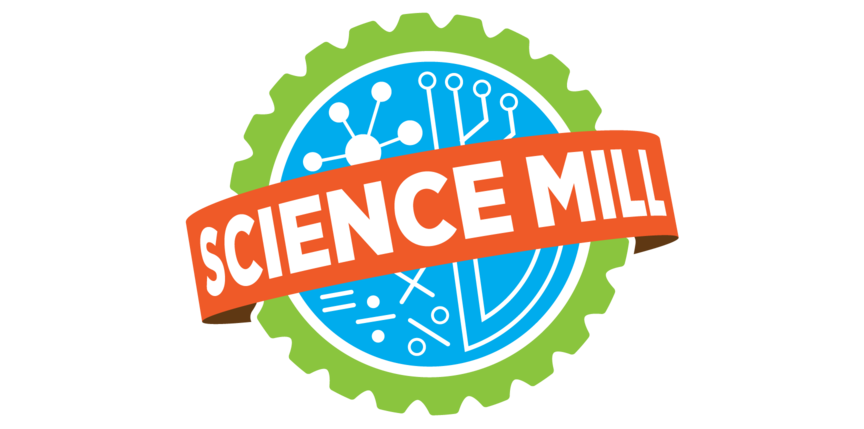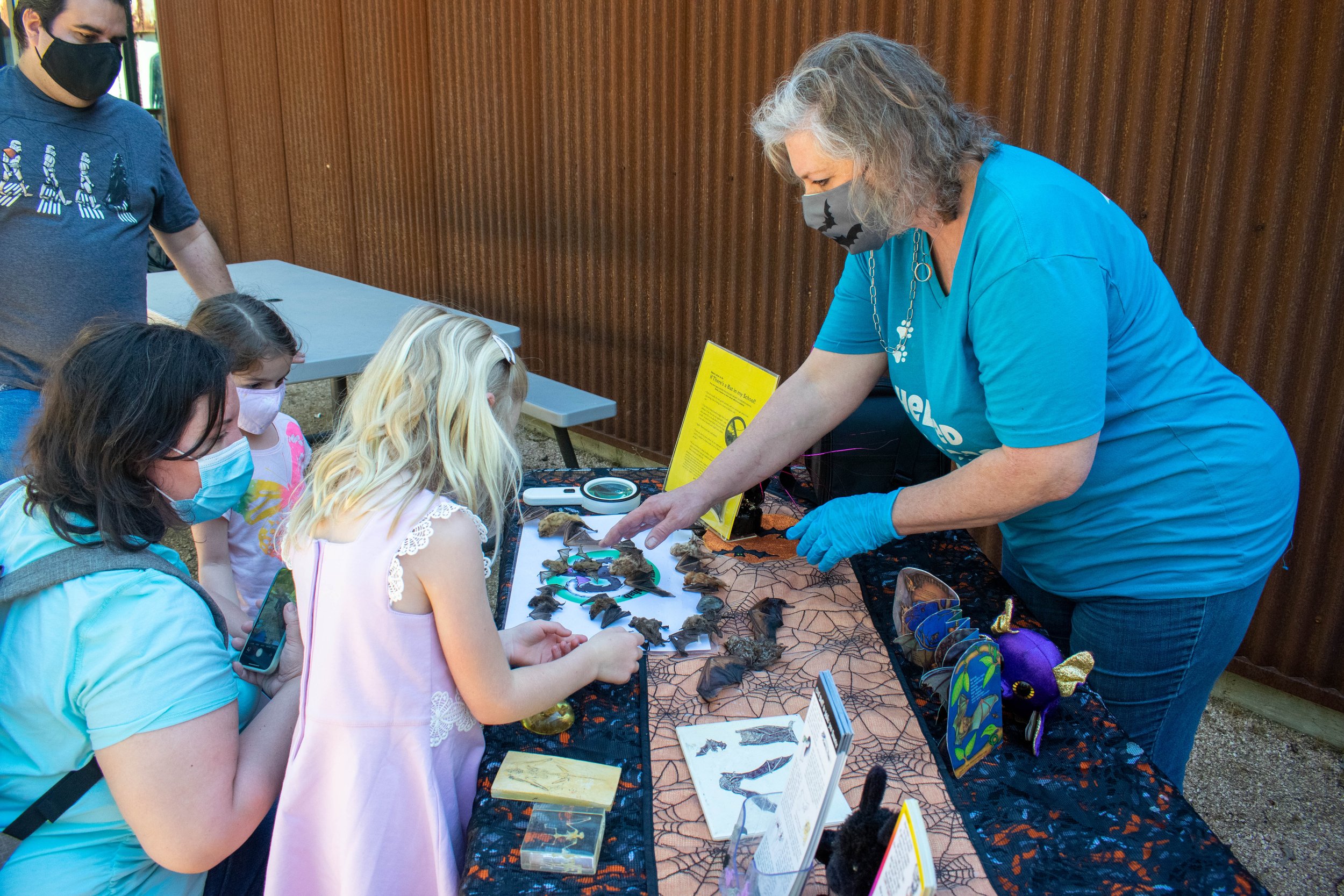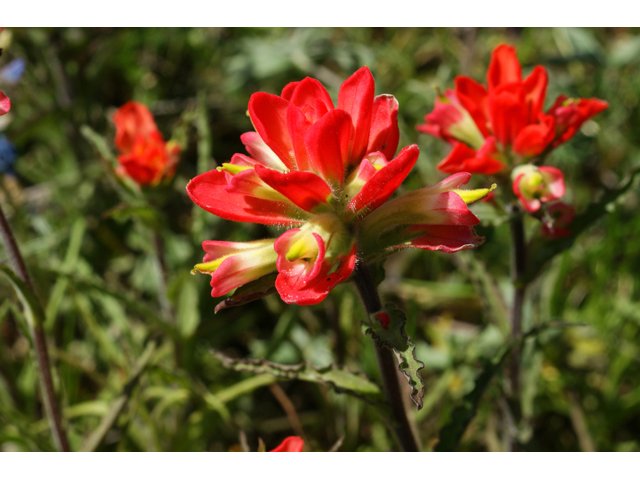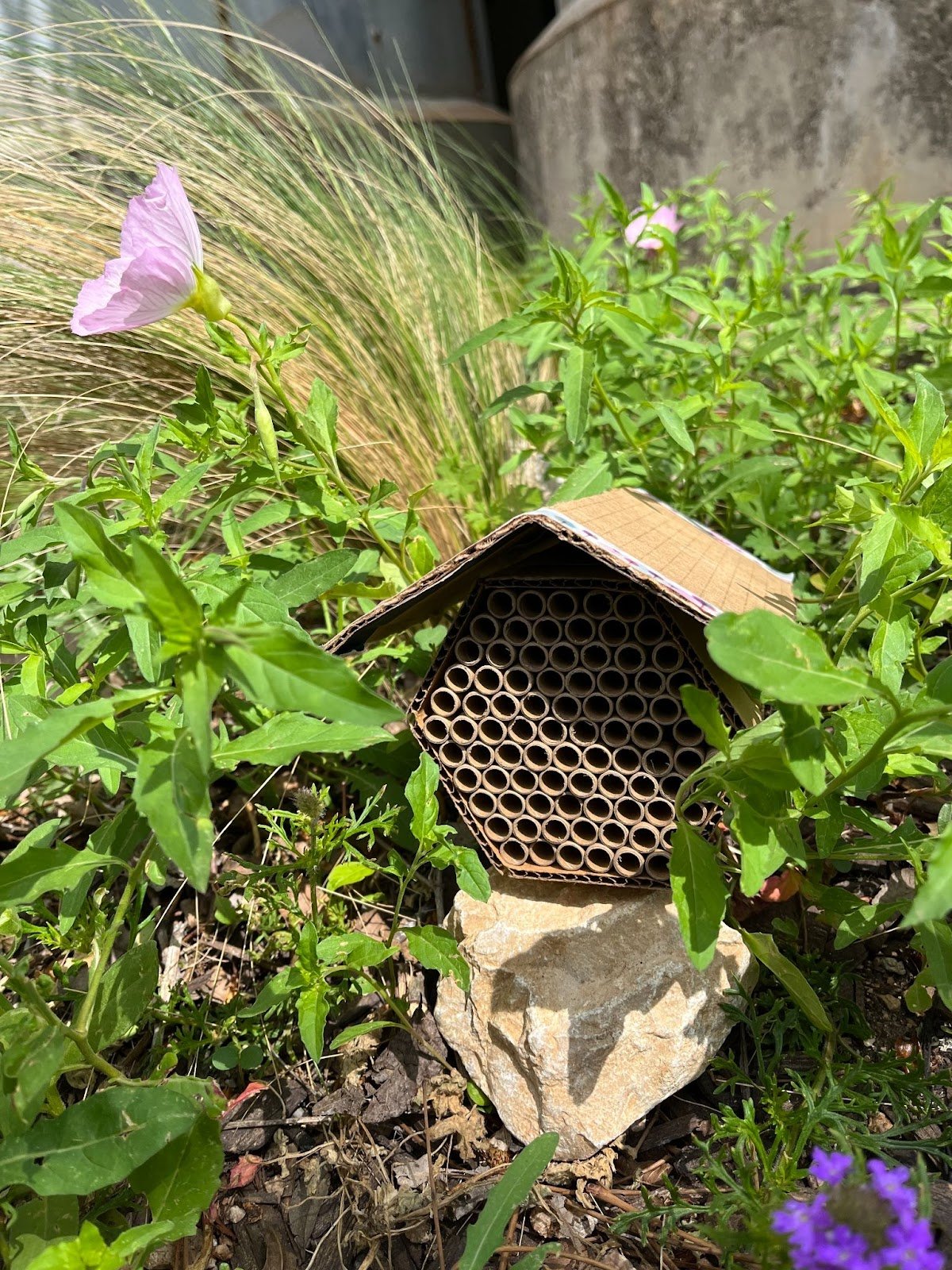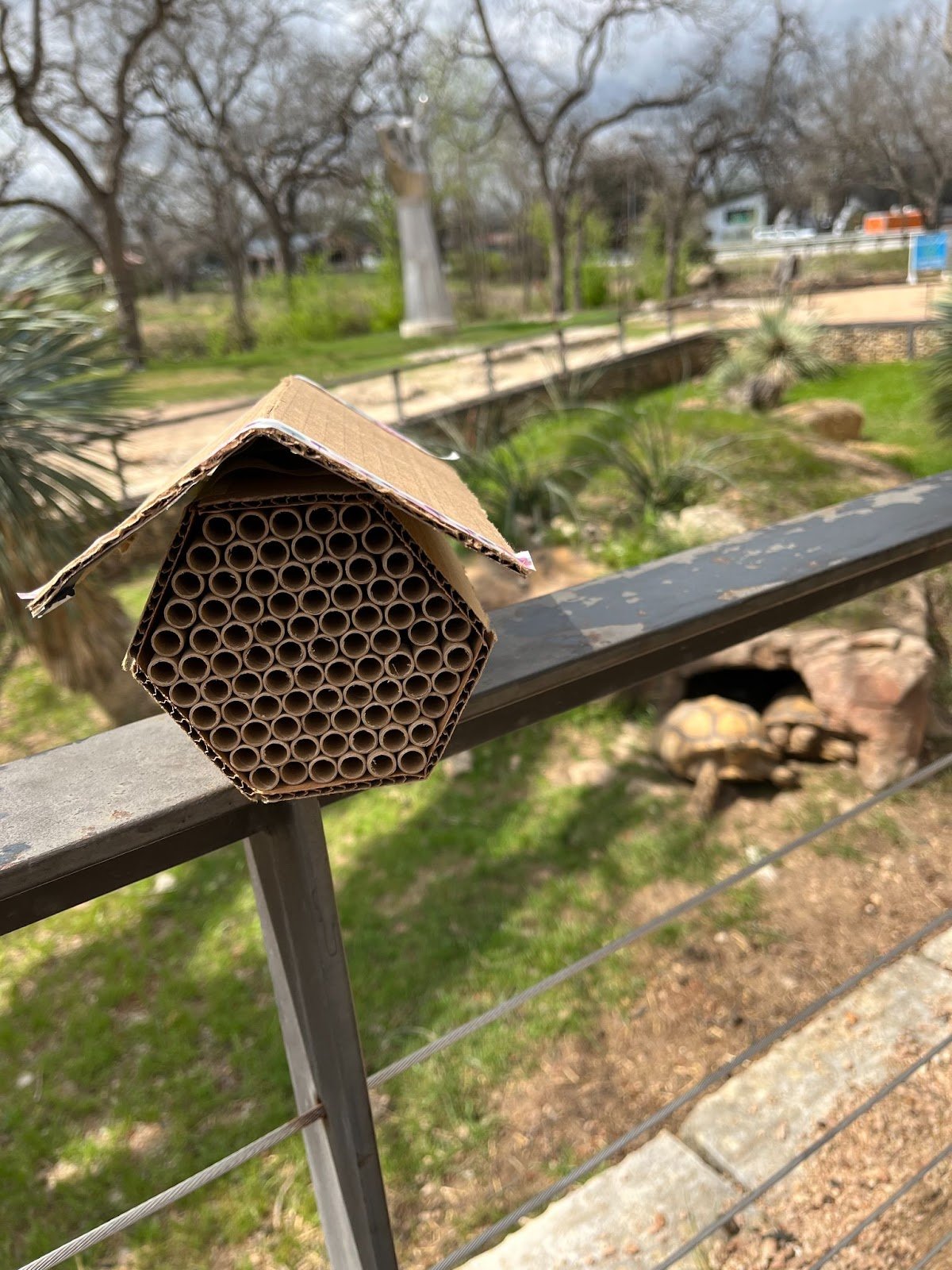Did you know that this year, on April 22, is the 53rd celebration of Earth Day?
As a science museum, the Science Mill has always valued environmental protection. After all, curiosity about our planet comes hand-in-hand with taking care of it. Join us and countless countries around the world as we advocate for sustainability. Here are 5 simple things you can do to celebrate Earth Day:
Conserve water
While water conservation should be made a regular practice, being particularly conscious of it on Earth Day is a good habit. Maybe it’s a good time to reassess your garden’s water requirements, to check your faucets and pipes for leaks, or to develop a rainwater collection system.
Minimize single-use waste
If you’ve been looking for the right moment to cut down on your plastic consumption, Earth Day is the perfect time to do it! As with any other sustainable change, the most important thing is to take it one step at a time rather than doing anything drastic. It can be as simple as refusing a plastic straw, if possible, carrying a reusable water bottle with you at all times, or switching to reusable storage containers like food-grade silicon bags or glass lunchboxes.
Join or organize a clean-up event
Keeping the environment clean requires constant effort from everyone. One simple action you can take is by going on a walk—around your neighborhood, at the nearby park or hiking trail—and pick up litter along the way. You might be surprised at how much trash, especially single-use plastics, there is to collect! You can do this yourself, with some friends, or as part of a community-wide clean-up event.
If there are recycling services in your area, you can even take it a step further and recycle the plastics you picked up based on this recycling chart.
Advocate on social media
With any advocacy, spreading the word is as important as doing the legwork. You can help promote environmental conservation by talking about its importance and sharing resources in your own networks on social media. Keep an eye out for relevant global and local hashtags and accounts that you can help amplify, like #InvestInOurPlanet or #EarthDay2023. Of course, if you’re celebrating Earth Day with us during Pollinator Palooza, make sure to tag #sciencemill so we can view our shared moments!
Support our pollinators
All terrestrial life on Earth—humans included!—depend on pollination, so the importance of supporting this essential process cannot be overstated. You can start a garden using native plants to help attract pollinators like butterflies, bees, and other beneficial insects.
It may sound overwhelming at first, but starting your pollinator garden is all about having the right knowledge and tools. You can start by attending the upcoming Pollinator Palooza event here at the Science Mill where you will gain more insight into the process through fun activities like making a wildflower seed bomb, watching a documentary on butterfly migration, meeting a local beekeeper, and more!
New to the Science Mill? The Science Mill is a high-tech science museum just an hour away from Austin or San Antonio. Located in Johnson City, the Science Mill is home to 50+ interactive indoor and outdoor exhibits that stimulate the imagination and curiosity of people of all ages. Support future data scientists, engineers, and inventors by being a part of the Science Mill’s mission! Learn more about it here.
